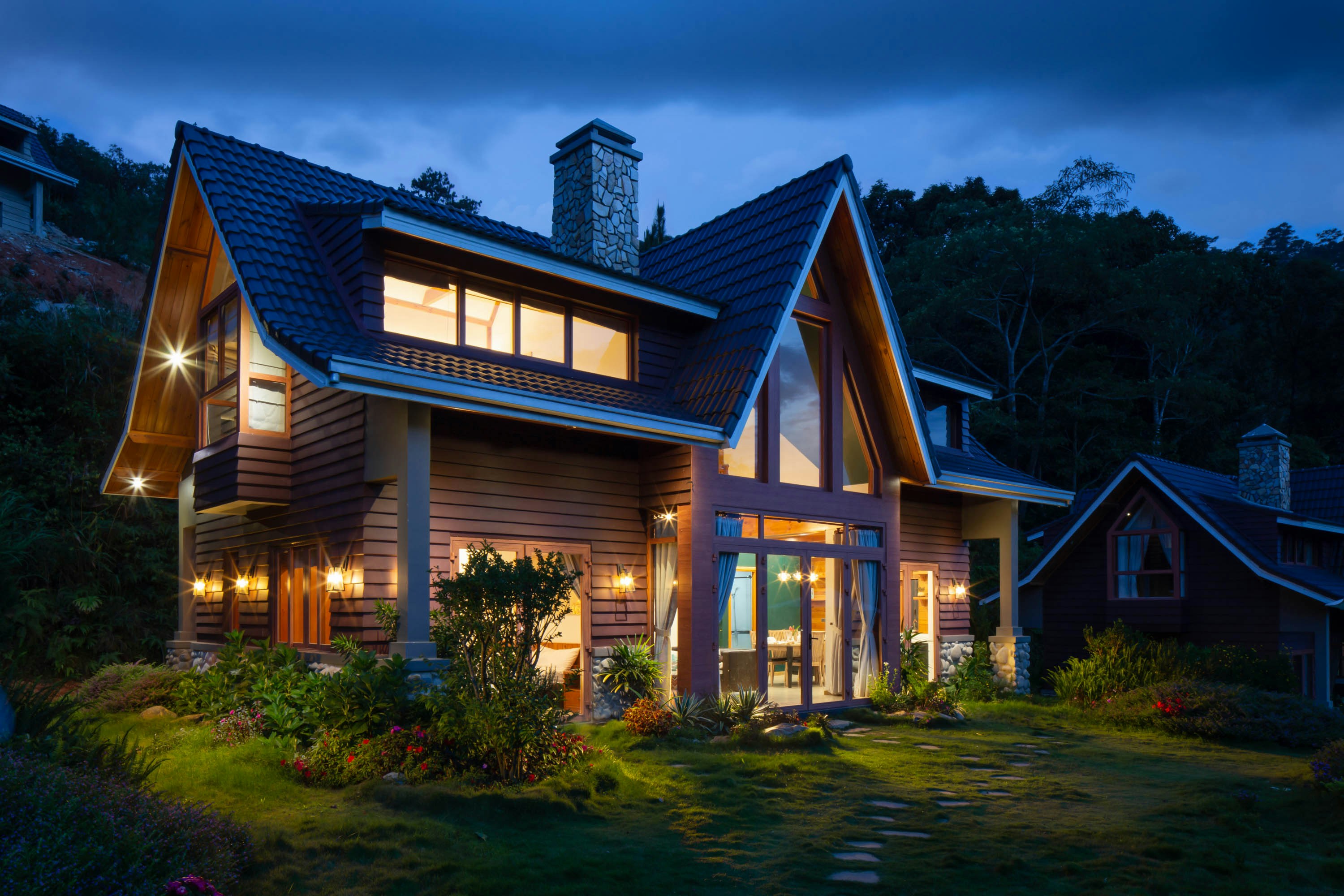Adaptive Reuse: Transforming Old Buildings into Modern Homes
Introduction: In today's real estate landscape, a growing trend is breathing new life into forgotten structures. Adaptive reuse, the process of repurposing old buildings for residential use, is gaining momentum among savvy investors and homebuyers. This innovative approach not only preserves architectural heritage but also offers unique living spaces in prime locations. Let's explore how this trend is reshaping the housing market and creating exciting opportunities for those willing to think outside the conventional real estate box.
The Rise of Adaptive Reuse in Residential Real Estate
Adaptive reuse has been steadily gaining traction in the residential sector over the past decade. Originally popularized in commercial real estate, this concept has now found its way into the housing market, offering a fresh alternative to traditional home buying. The trend is particularly prevalent in urban areas where old warehouses, factories, and even schools are being transformed into stylish lofts and apartments. This shift is driven by a combination of factors, including land scarcity in city centers, a growing appreciation for historical architecture, and the desire for unique living spaces that tell a story.
Economic and Environmental Benefits
One of the most compelling aspects of adaptive reuse in residential real estate is its economic viability. While the initial costs of renovating an old building can be substantial, developers often find that these projects are more cost-effective than new construction, especially in areas with high land prices. Additionally, many municipalities offer tax incentives for the preservation of historic buildings, further enhancing the financial appeal. From an environmental standpoint, adaptive reuse significantly reduces the carbon footprint associated with new construction. By repurposing existing structures, developers can minimize waste, conserve resources, and contribute to more sustainable urban development.
Challenges and Considerations in Adaptive Reuse Projects
Despite its many advantages, adaptive reuse in residential real estate comes with its own set of challenges. One of the primary hurdles is navigating complex zoning laws and building codes, which may not easily accommodate the conversion of non-residential structures into living spaces. Developers must often work closely with local authorities to obtain necessary permits and variances. Another significant consideration is the structural integrity of older buildings. Thorough inspections and potential reinforcements are crucial to ensure safety and compliance with modern building standards. Additionally, preserving historical features while integrating modern amenities requires careful planning and often specialized expertise.
Market Demand and Target Demographics
The market for adaptively reused residential properties has seen a notable uptick, particularly among millennials and young professionals. These demographics are often drawn to the unique character and central locations of converted buildings. The blend of historical charm and modern functionality appeals to those seeking an alternative to cookie-cutter apartments or suburban homes. Empty nesters downsizing from larger family homes have also shown interest in these properties, attracted by the low-maintenance lifestyle and urban amenities. As a result, developers are increasingly targeting these demographics in their marketing strategies, emphasizing the distinctive features and stories behind these repurposed buildings.
Investment Potential and Long-Term Value
From an investment perspective, adaptively reused residential properties offer intriguing potential. The uniqueness of these homes often translates to higher resale values and rental rates compared to standard properties in the same area. The limited supply of historic buildings suitable for conversion also contributes to their long-term value appreciation. However, investors should be aware of the potential for higher maintenance costs associated with older structures. It’s crucial to conduct thorough due diligence, including assessing the building’s historical significance, structural condition, and the local market’s appetite for such properties. With careful selection and management, these investments can yield attractive returns while contributing to urban revitalization.
The Future of Adaptive Reuse in Housing
Looking ahead, the trend of adaptive reuse in residential real estate shows no signs of slowing down. As urban populations continue to grow and the supply of developable land in city centers dwindles, the conversion of existing buildings into housing will likely become even more prevalent. We can expect to see increasingly creative adaptations, such as the transformation of former retail spaces into mixed-use developments that combine residential units with commercial and community spaces. This evolution will not only address housing needs but also contribute to more vibrant, walkable urban neighborhoods.
Moreover, advancements in sustainable building technologies are making it easier to retrofit old structures with energy-efficient systems, further enhancing their appeal in an increasingly eco-conscious market. As governments worldwide push for more sustainable urban development, policies supporting adaptive reuse are likely to expand, providing additional incentives for developers and investors to pursue these projects.
In conclusion, adaptive reuse represents a compelling frontier in residential real estate. By blending historical preservation with modern living needs, this approach offers unique solutions to urban housing challenges while creating distinctive homes that resonate with a growing segment of buyers and renters. For investors, developers, and homebuyers alike, understanding and capitalizing on this trend could unlock significant opportunities in the evolving real estate landscape.





